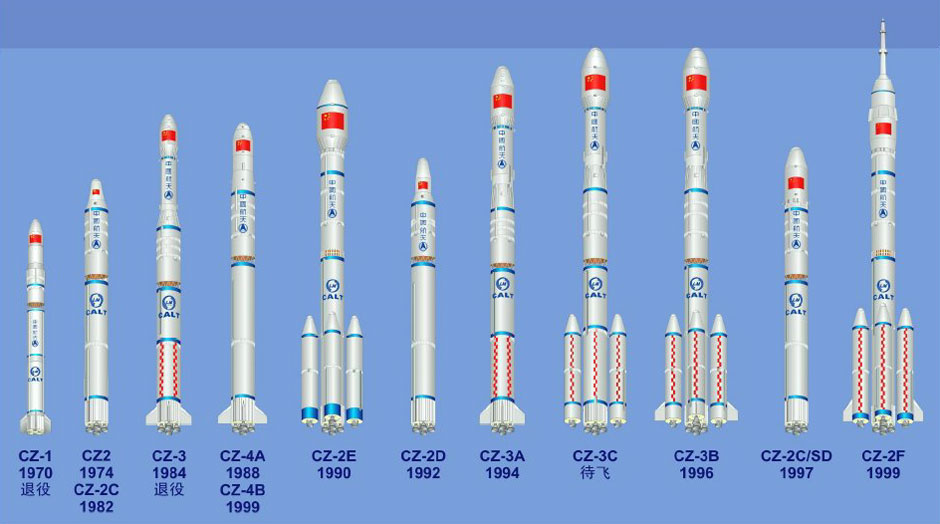One of the most seriously delayed rockets in history will finally launch two weeks from now, on Hainan Island.
The Long March 5 (CZ-5) was first mooted at the turn of the millennium and was given formal approval in 2005. It was initially planned to be launched in 2008 but the expected date of debut has seemingly stayed a few years in the future, but it is now firmly scheduled to launch on 3 November 2016.
The CZ-5 is a major step up in the Long March range. The workhorse of the Chinese program has been the CZ-3 range, which has various configurations for different tasks and can deliver 8.5 tonnes to low earth orbit (LEO). There have been over 80 launches in the CZ-3 range, mainly for satellite launch, though it has played an important role in the manned program.
CZ-5 will have a LEO launch capacity of 25 tonnes. Whereas the CZ-3 range relies on N2O4/UDMH (which has various negative health and environment risks), the CZ-5 uses LH/LO2. CZ-5 will be the main craft used for building the “Chinese large modular space station”, and potentially for large deep space missions and ambitious manned missions.
The CZ-5 is broadly comparable to Russia’s Proton M, the SpaceX Falcon 9 or the Delta IV Heavy.
